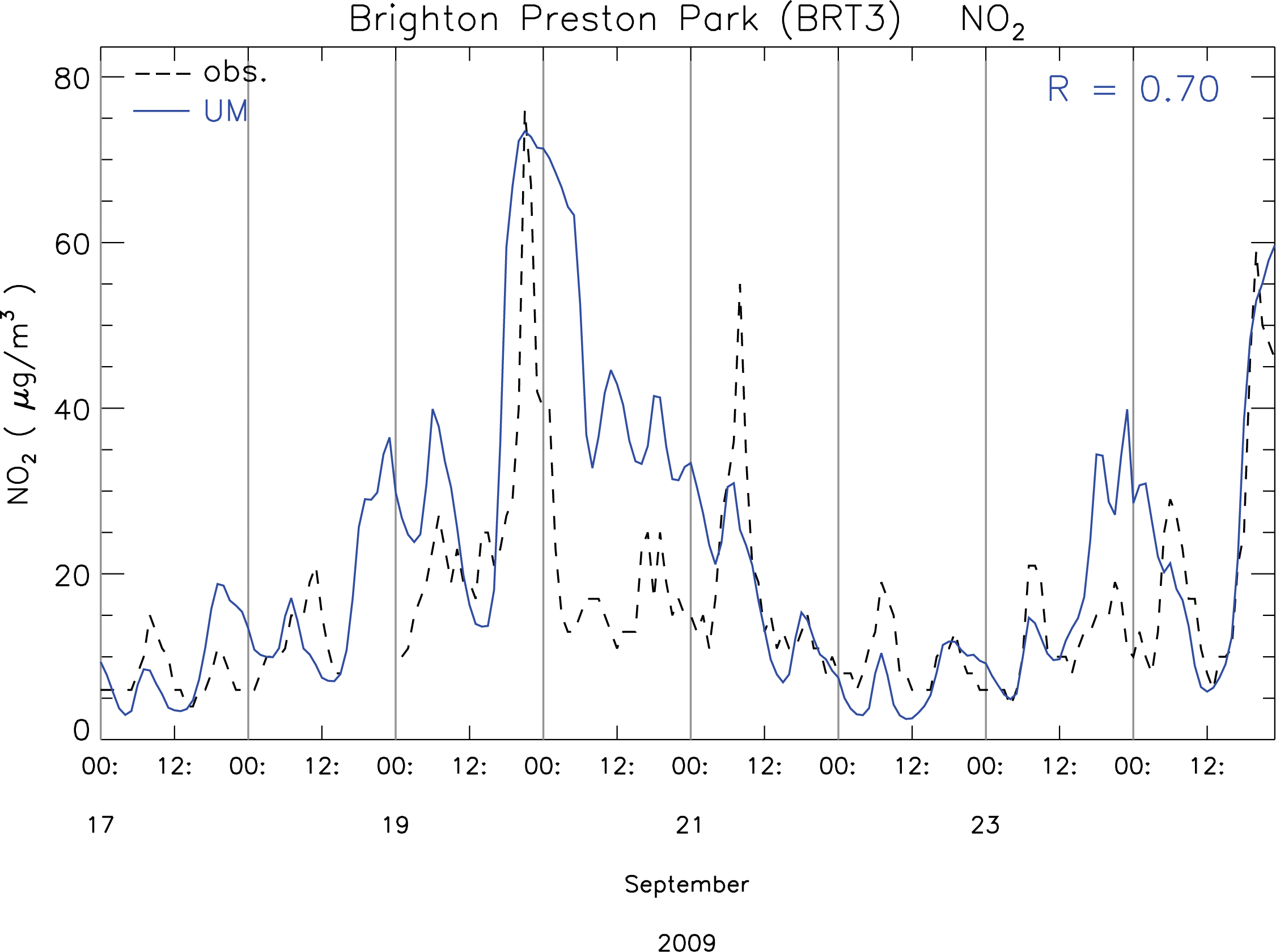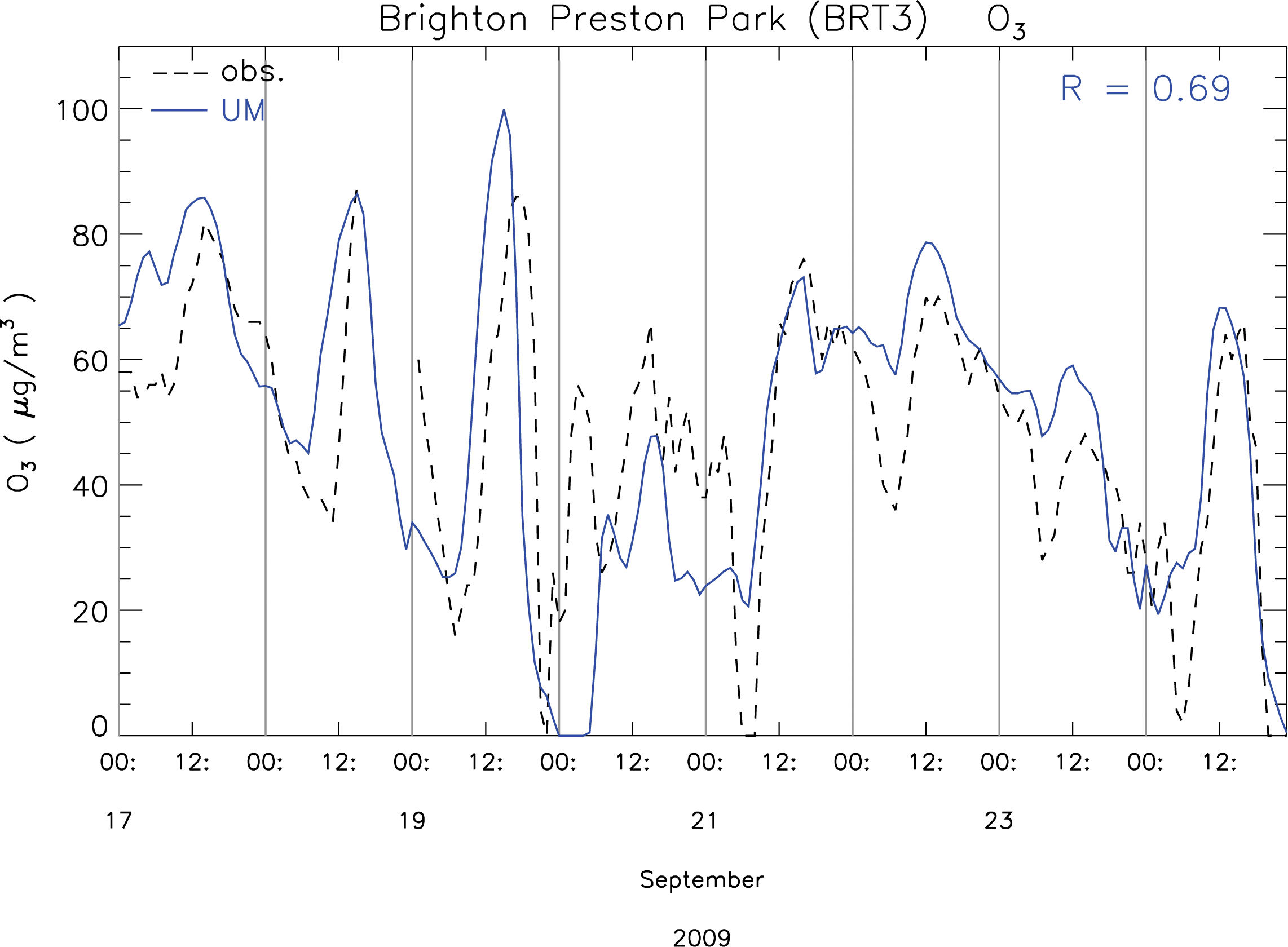Regional Air Quality (RAQ) Chemistry
Regional Air Quality Chemistry - RAQ
58 species, 40 advected tracers, ~140 reactions
RAQ is an intermediate chemistry scheme for the troposphere that includes some reactions from the Mainz Isoprene Mechanism. It involves 58 species, 40 of which are tracers (16 of them emitted), 23 photolysis reactions and ~115 gas-phase reactions. Removal by wet and dry deposition are considered for 19 and 16 species, respectively. Unlike the standard tropospheric chemistry, this scheme includes the oxidation of both C2-C3 alkenes (ethene and propene) and aromatic compounds such as toluene and o-xylene as well as the formation of organic nitrate. However it does not include HONO, which plays a role in urban-scale photochemistry. Primarily aimed at regional air quality (currently 12km resolution being implemented) but similar mechanisms have been used in the past for global model studies as well. Currently running in a 12km regional forecast model, but can also be run in global forecast models, such as N320.

